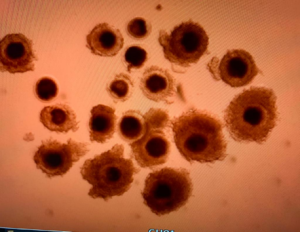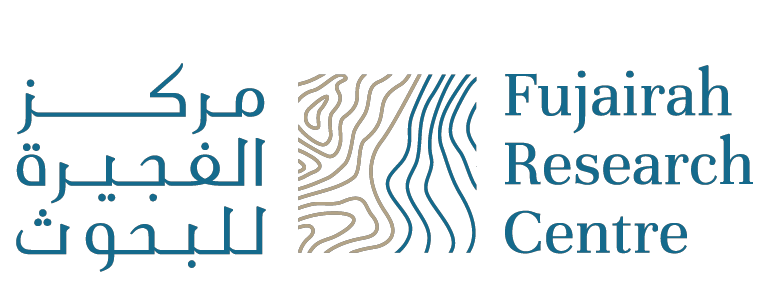
In-vitro Embryo Production in Dromedary Camels
The Dromedary camel (Camelus dromedaries) holds significant importance owing to its remarkable ability to yield high-quality meat, milk, and wool even amidst harsh environmental conditions. Additionally, camels serve indispensable roles in transportation, racing, and agricultural draft work. In recent years, the establishment of highly mechanized camel dairy farms across different countries reflects the soaring demand for dromedary milk and its products, thus cementing the crucial role of dromedary camels in the economies of arid regions worldwide.
The inherent capacity of camels for meat and milk production, as well as their utility in racing and beauty contests, underscores the significance of their reproductive performance. However, compared to other domestic species, camelids exhibit lower reproductive efficiency. Despite successful applications of reproductive technologies such as in vitro fertilization (IVF) and somatic cell nuclear transfer (SCNT) in camelids, in vitro embryo production (IVP) has been relatively underdeveloped in this species in comparison to other domestic animals.
This gap has spurred interest in camel breeding and research, particularly in in vitro embryo production (IVEP), which involves utilizing germplasm/DNA from elite animals for transfer to synchronized recipients and manipulations. The technique of IVEP encompasses several steps, including (a) the collection of oocytes from slaughterhouse ovaries or live animals through ultrasound-guided transvaginal aspiration or Ovum pick-up (OPU); (b) in vitro maturation of collected oocytes; (c) collection and preparation of semen for fertilization; (d) culture and passaging of cells for nuclear transfer, chemical activation of reconstructed embryos, and in vitro culture of embryos up to the blastocyst stage; and finally (e) transferring these embryos into synchronized recipients to carry them to term.
However, akin to most other animal species, pregnancy rates from in vitro-produced embryos remain lower than their in vivo counterparts. Furthermore, the quality and cell number of in vitro-produced embryos, whether via normal IVF or cloning techniques, are notably inferior. Hence, there is a pressing need for further studies to refine and optimize in vitro embryo production systems in camels, particularly focusing on culture systems to enhance embryo development and consequently increase pregnancy rates from such in vitro-produced embryos. At the Fujairah Research Centre, efforts in this direction are underway in collaboration with some local institutions and universities.
